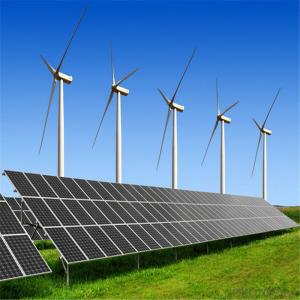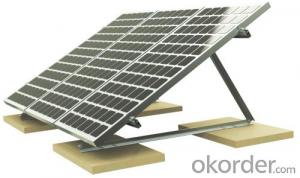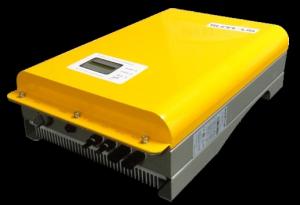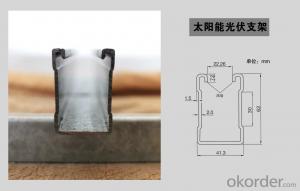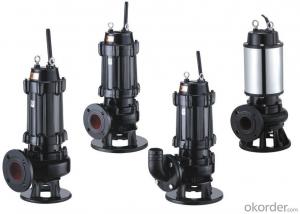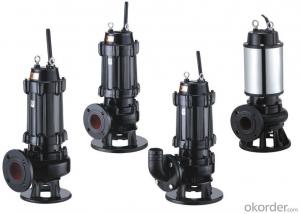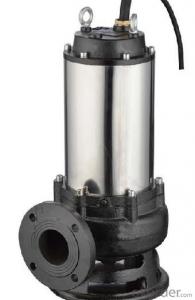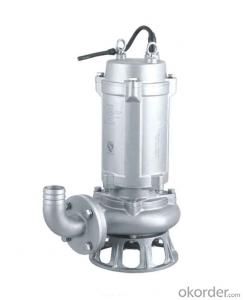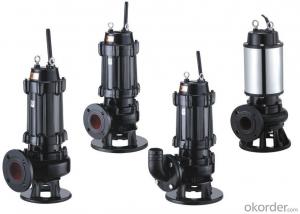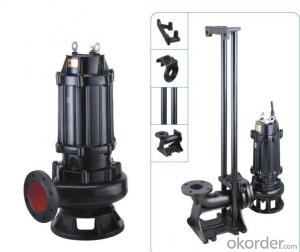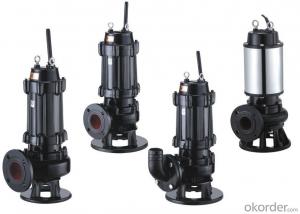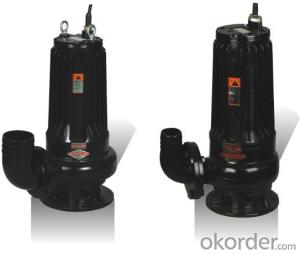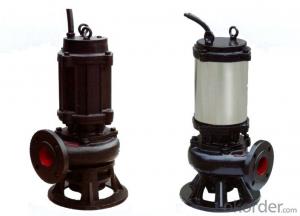Rich Solar Inverter
Rich Solar Inverter Related Searches
Rich Solar 3000 Watt Inverter Solar Rechargeable Inverter High Quality Solar Inverter Rec Solar Inverter High Efficiency Solar Inverter High Power Solar Inverter Reactive Power Solar Inverter High Frequency Solar Inverter Good Solar Inverter Solar Rooftop Inverter Residential Solar Inverter Reliable Solar Inverter Smart Solar Inverter Large Solar Inverter Rssi Solar Inverter Raggie Solar Inverter Big Solar Inverter Smart Inverter Solar Rv Solar Inverter Rooftop Solar Inverter Solar Smart Inverter Solar Solar Inverter Sun Solar Inverter Quality Solar Inverter Solar Ready Inverter High Voltage Solar Inverter Heavy Duty Solar Inverter Rack Mount Solar Inverter Solar Inverter Rv Inverter SolarRich Solar Inverter Supplier & Manufacturer from China
Rich Solar Inverter is a range of high-quality solar power inverters designed to convert solar energy into usable electrical power. These inverters are engineered to provide reliable and efficient performance in various applications, making them an essential component in solar energy systems. They are widely used in residential, commercial, and industrial settings, where they play a crucial role in harnessing the power of the sun and reducing reliance on traditional energy sources. The versatility of Rich Solar Inverters allows them to be integrated into different types of solar panel systems, ensuring optimal energy production and consumption.Okorder.com is a leading wholesale supplier of Rich Solar Inverters, offering a vast inventory of these essential solar power components. With a commitment to providing top-notch products at competitive prices, Okorder.com ensures that customers have access to the latest technology in solar energy conversion. Their extensive selection of Rich Solar Inverters caters to the diverse needs of various industries and applications, making them a go-to source for businesses and individuals looking to invest in sustainable energy solutions. By partnering with Okorder.com, customers can rest assured that they are receiving the best quality Rich Solar Inverters to power their renewable energy projects.
Hot Products




